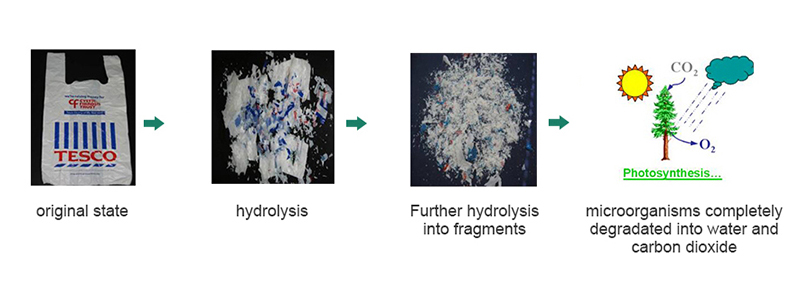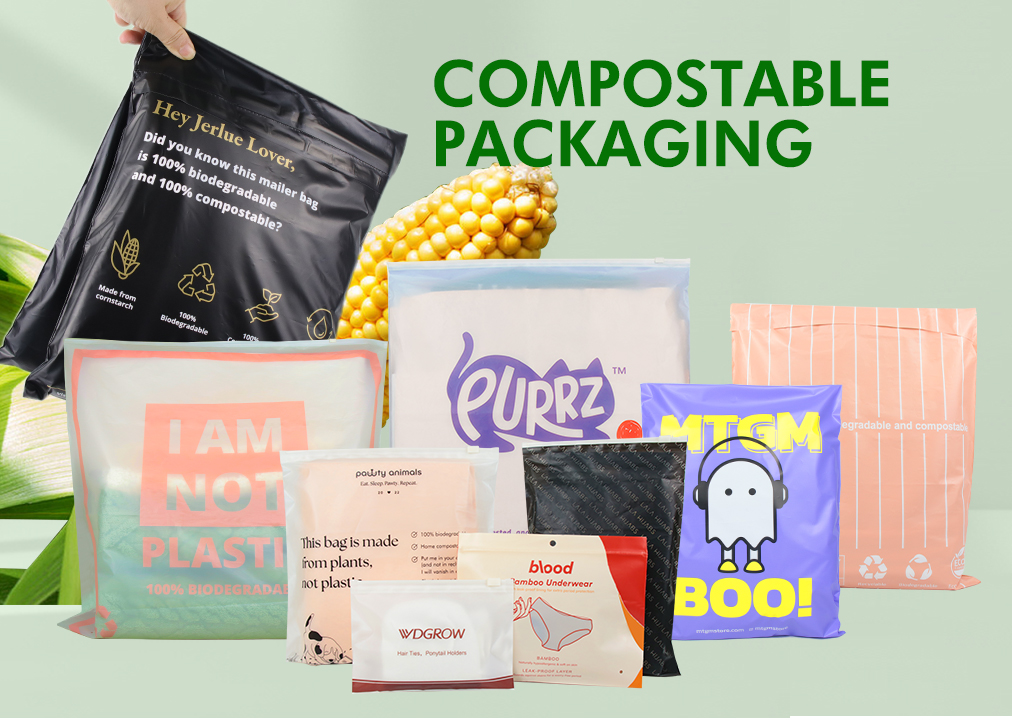PBAT (polybutylene succinate), as a biodegradable plastic, has the following reasons: Molecular structure:
PBAT is composed of biodegradable polyester monomer butanediol and succinic acid, and its molecules contain a large number of ester bonds. These ester bonds can be hydrolyzed by water and microorganisms in the natural environment, thus achieving degradation.



2.Microbial degradability: PBAT can be degraded by microorganisms present in soil, water and compost in the natural environment. Microorganisms secrete enzymes to degrade the ester bonds of PBAT and decompose them into low molecular polyester monomers, which are then metabolized by microorganisms into carbon dioxide and water.
3.Degradable products: The degradation products produced in the degradation process of PBAT are harmless to the environment. Its main degradation products are carbon dioxide and water, which are easy to decompose and return to the cycle in the natural environment.
4.Good physical properties: PBAT not only has good biodegradability, but also has excellent physical properties. It has high toughness, softness and tensile strength and can replace traditional non-degradable plastics in many applications. In summary, the main reason why PBAT can biodegrade is that its molecular structure contains a large number of ester bonds that are easily degraded by microbial enzymes, and the degradation products are harmless to the environment. This makes PBAT a sustainable alternative to traditional plastics.

Post time: Jan-20-2024






